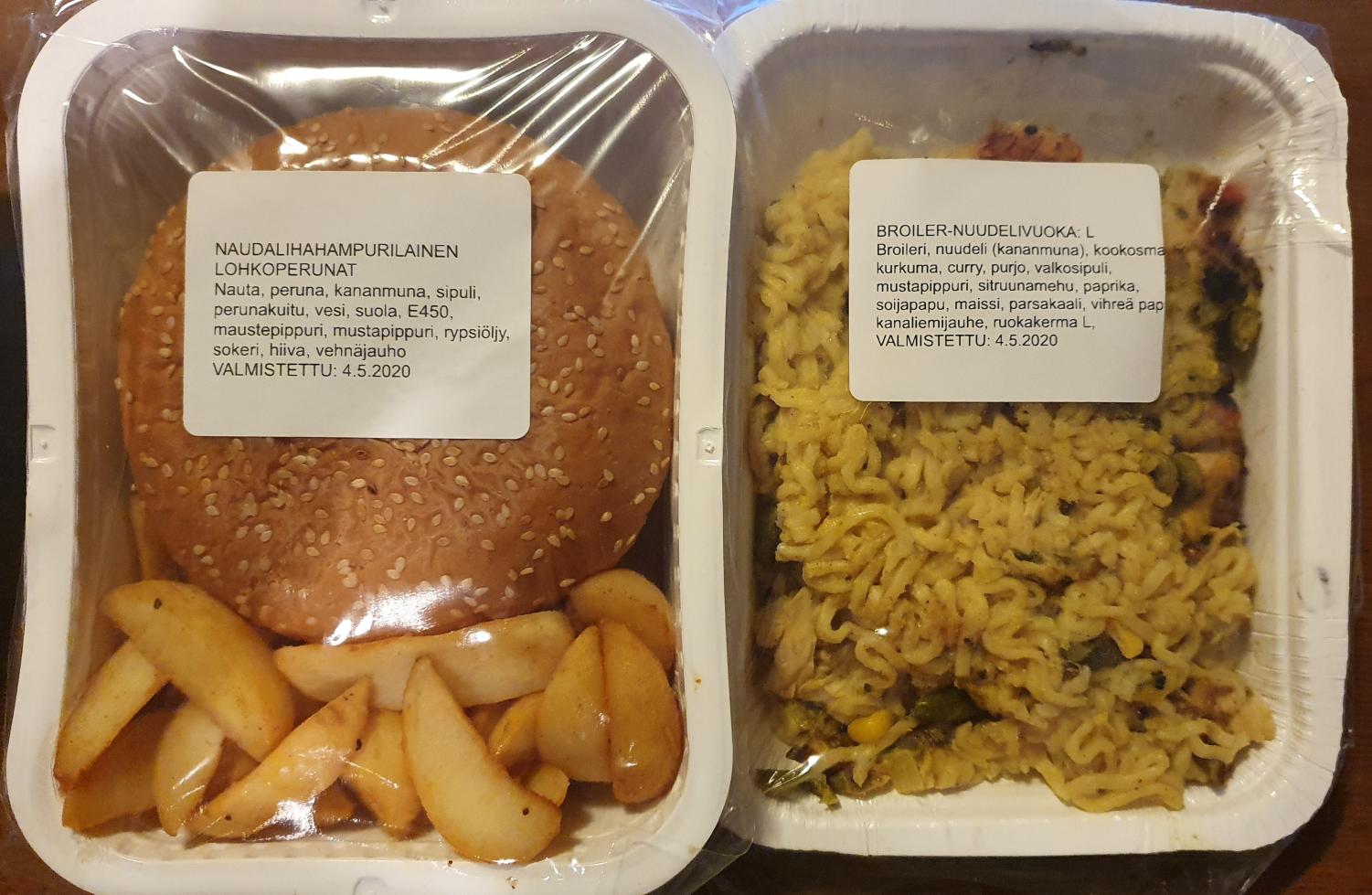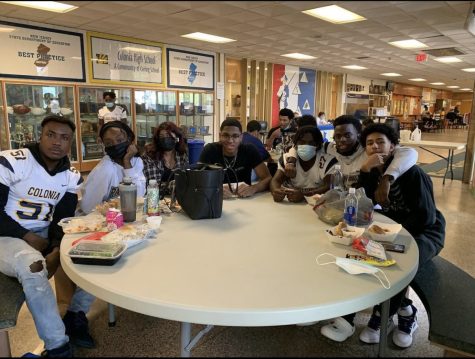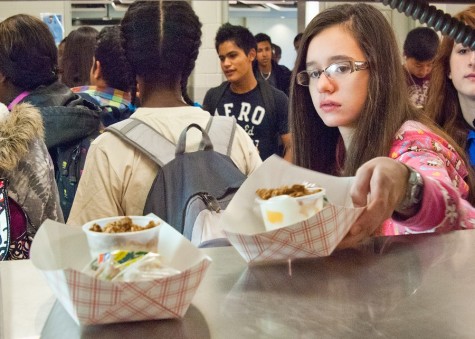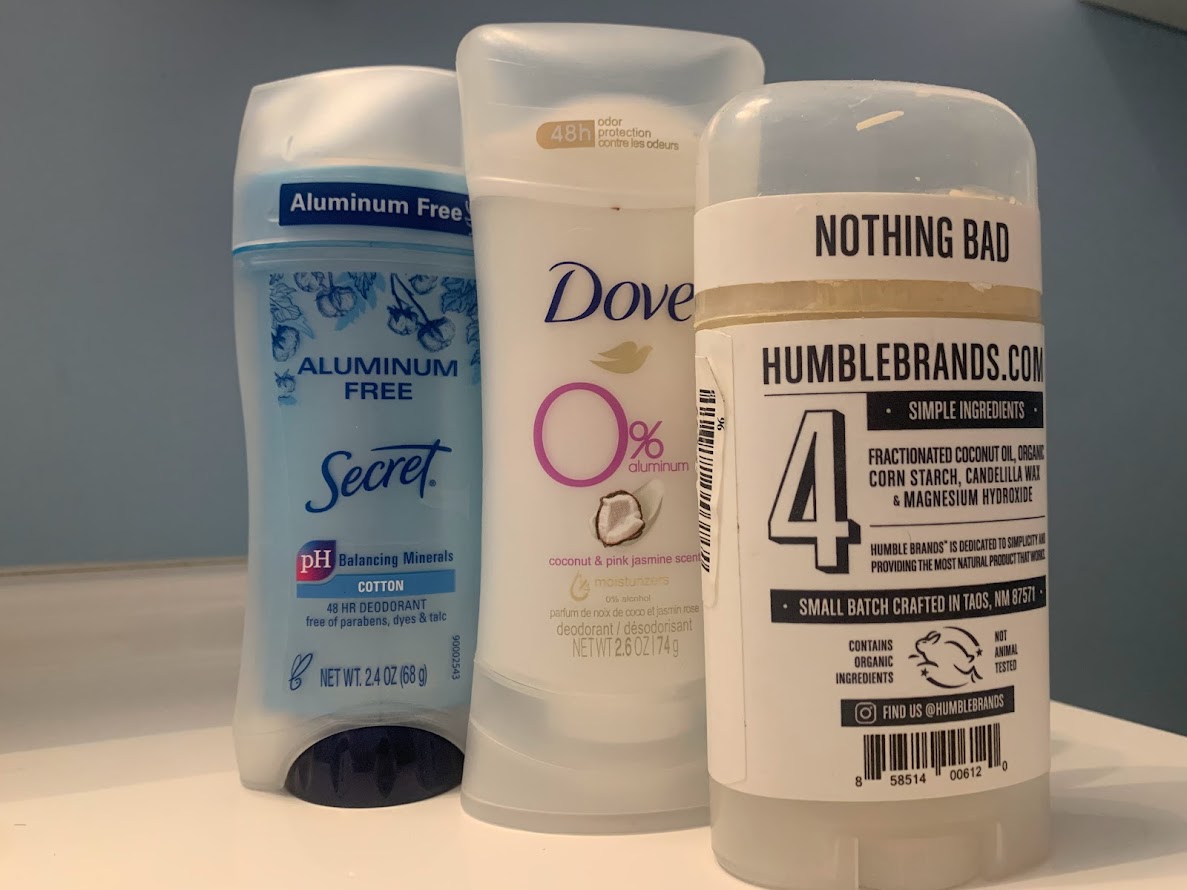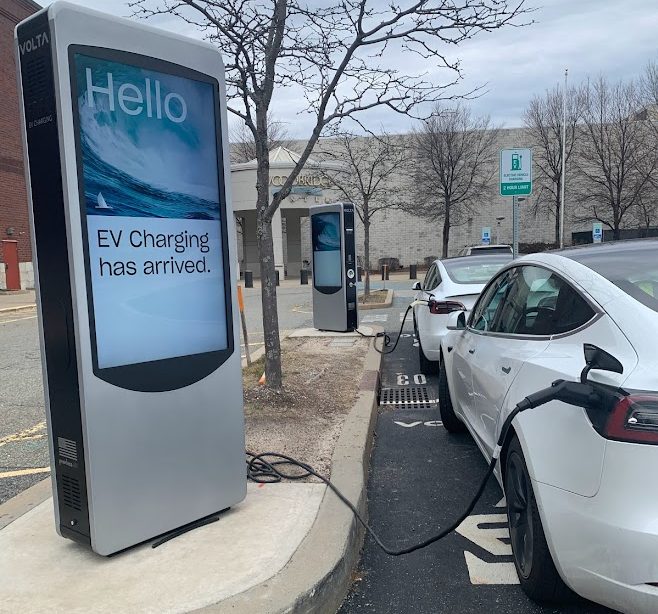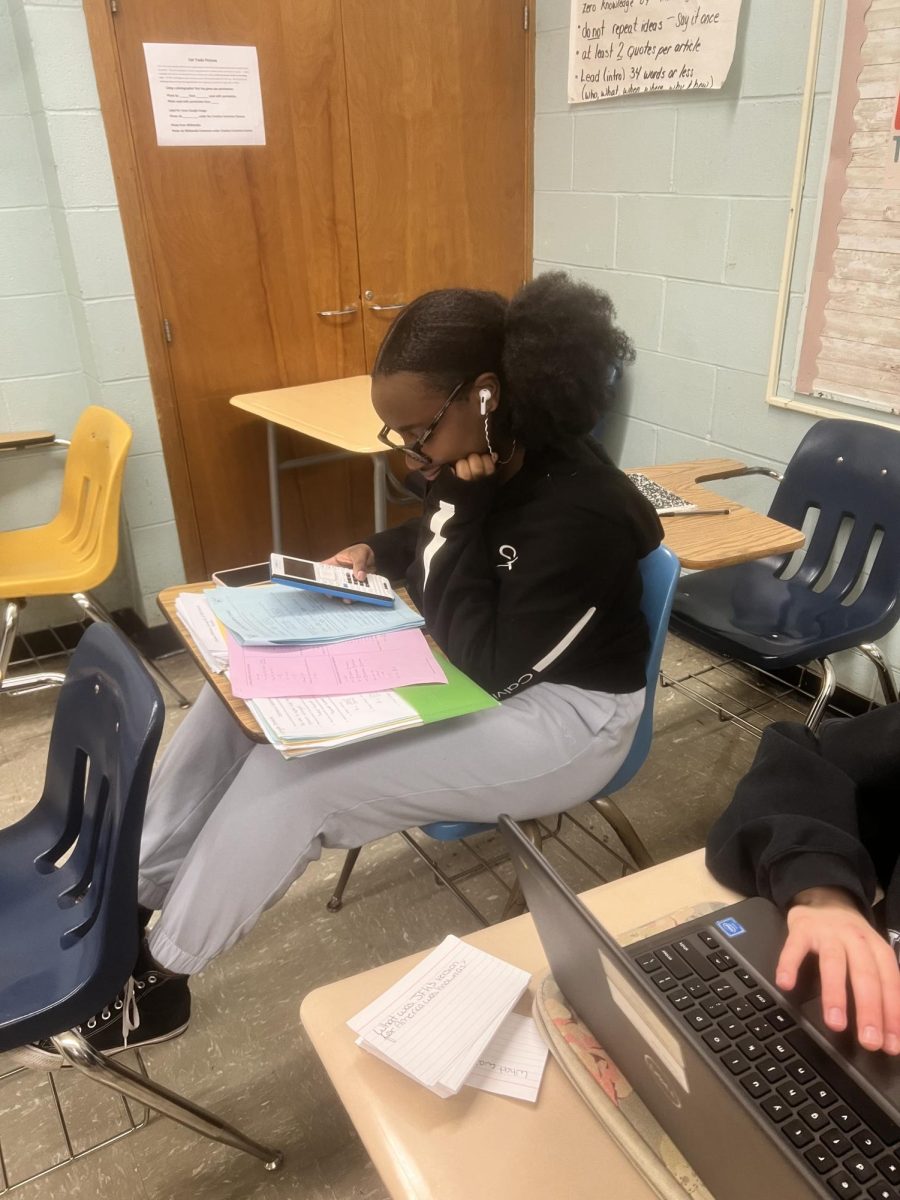Lunch in school has been an issue for parents and students alike. School lunches became free for all students regardless of income during the 2021-2022 school year but this school year they are no longer free.
What are the pros and cons of this decision? Who did it affect? Why was this choice made?
Serving background on the school lunch program
It goes without saying the COVID-19 pandemic impacted the entire world, not only financially but emotionally and physically as well. The prices of everything went up and stimulus checks were provided but often weren’t enough for low-income families. Thus, free lunches in schools were put into place as a part of the COVID-19 relief package for the country. But when the 2022-2023 school year began families requiring free or reduced lunch had to apply for these services.
UConn Today stated, “The program [school lunch programs in the US] cost $14 billion in 2019, before the pandemic disrupted it. The price of a school lunch for families without free or reduced-cost meals varies.
California and Maine continued to provide free lunch for all students after the waiver ended this school year.
Senior Joe Sanfilippo of Colonia High School had this to say about free lunch, “I think it genuinely helps people who are in need of food. I just think it’s best when it’s only for certain people who are economically underprivileged. I don’t think it had to necessarily be international.” His quote leads to the potential cons.
Cons
One con is that it raises money for taxpayers. The U.S. Department of Agriculture notes “The Biden-Harris Administration’s American Rescue Plan Act provides over $12 billion in new nutrition assistance to address hardship caused by the pandemic.” Who is going to pay for that $12 billion?
Some people may argue that people are embarrassed by applying for reduced or free lunch programs. However, it is completely confidential. There is no way to tell people who pay in full, reduced, or not at all for lunch.
Vincent Sciano of Colonia High School claimed, “I think having free lunch for only last year was a fair enough time. If it was permanent, I don’t think we would be able to get good food because the school would have no money.”
Another issue is food services actually getting to schools. Post pandemic food chain supply issues and delivery issues have impacted school lunch programs nation-wide. In a survey conducted by School Nutrition Association, “the top three challenges, cited by over 98% of respondents, are:
- Menu items not available in sufficient quantities/shortages.
- Supplies/packaging not available in sufficient quantities.
- Menu items discontinued by a manufacturer.”
“Supply chain disruptions are making it infinitely more difficult to plan and serve nutritious meals, critical to student health and success,” said School Nutrition Association President Beth Wallace, MBA, SNS.
Counter arguments
With the government providing funding for universal free lunches, a positive is that people who couldn’t afford lunch now had access to it without relying on friends or skipping it entirely. This allows students to be awake and more focused in class, leading to better grades and a more positive attitude.
Potential counterarguments include people of low-income households being directly affected by COVID-19 price hikes and layoffs. According to NBC News “experts foresee a crisis as families, already facing soaring prices at supermarkets, gas stations and elsewhere, lose access to meals that their children have counted on for the last two years. Although, there are programs that allow free lunch and welfare for those low-income families, these trying times and soaring food prices may make it harder to put nutritious meals on the table to middle class families.
Dylan Maltez of Colonia High school says, “I think that free lunch is good for the school, and I think it’s good for the students because paying for lunch is really dumb.” These opinions are likely because for five dollars you get a slice of pizza, a fruit cup, and a carton of milk. The school lunch proportions this year aren’t any different from last year. On top of that, you aren’t only paying for lunch, you are paying more than you were in previous years.



